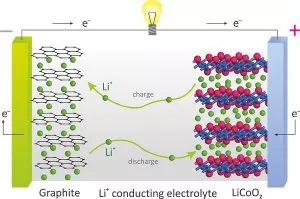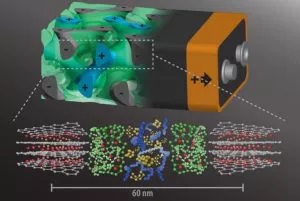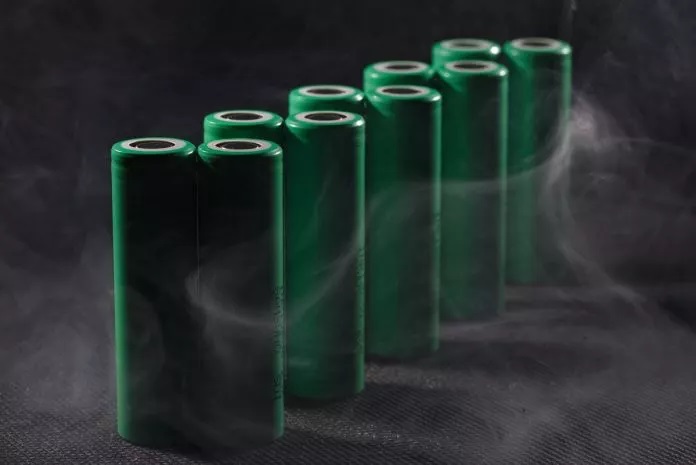Growing with each year, the volumes of generation of “green” energy require the development of new energy-saving technologies. Traditional lithium-ion batteries are gradually giving way to more innovative developments, promising more storage and longer life.
 The habitual battery in its composition has an anode and a cathode located at different edges of the device. Between these components is an insulator. The group of inventors was able to create a fundamentally new battery in which all components form a special spiral. The invention belongs to the staff of Cornell University. Creators of innovation claim that, thanks to the spiral structure of their invention inside, the battery will be able to charge in a couple of seconds.
The habitual battery in its composition has an anode and a cathode located at different edges of the device. Between these components is an insulator. The group of inventors was able to create a fundamentally new battery in which all components form a special spiral. The invention belongs to the staff of Cornell University. Creators of innovation claim that, thanks to the spiral structure of their invention inside, the battery will be able to charge in a couple of seconds.
The basis of the battery is a complex porous structure. In scientific circles, it is better know as a gyroide. Thanks to this structure, a new two-dimensional allotropic modification of carbon was discover earlier. It was name graphene. The “Cornell battery” uses the finest film-like elements, consisting of carbon. The thickness of the films is not so small as to become graphene. The process of self-organization of polymers is take as a basis for the spiral construction of these films.
The gyro in this case creates the anode of the device itself. The carbon compound has thousands of pores, the diameter of which is about forty nanometers. The porous material is cover with an insulator whose thickness is about 10 nm. Behind the insulating material is a cathode consisting of sulfur. The porous structure is fill with a conductive polymer. In the case of the Cornell battery, it is a polystyrene sulfonate or PEDOT.
 The pores in the structure of the structure have all the conditions for the conservation and transportation of the charge. Inventors claim that inherently the battery connects thousands of nanobatars in one energy store. The spiral distribution of pores increases the density of the energy flow by several times. The architecture of traditional batteries does not provide such opportunities. In practice, such a structure means that the battery can be charge in a couple of seconds.
The pores in the structure of the structure have all the conditions for the conservation and transportation of the charge. Inventors claim that inherently the battery connects thousands of nanobatars in one energy store. The spiral distribution of pores increases the density of the energy flow by several times. The architecture of traditional batteries does not provide such opportunities. In practice, such a structure means that the battery can be charge in a couple of seconds.
The advantages of the new battery are not limited. There are also drawbacks that require the completion of the device. One of the main drawbacks of the “Cornell battery” is that, during charging, the sulfur layer begins to expand. At the same time, the conductive polymer does not undergo any changes. This leads to the loss of small polymer particles from the spiral. Links that lost afterwards are not restore. In the end, this process leads to a decrease in the battery life.
The representative of the group of inventors Ulrich Wiesner explains that in the process of breaking the polymer fragments, access to certain compartments of the battery is lost.
Now, we are working hard to improve the battery. After the completion of the finalization, scientists intend to formalize a patent for their innovation and promote it to the production channel.


